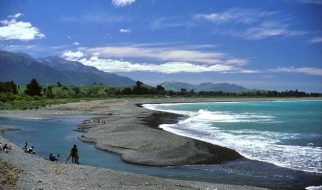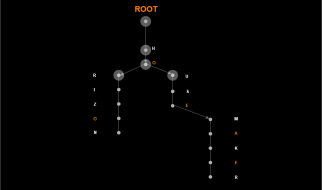
An eco-village is defined by Global Ecovillage Network as, ?An intentional or traditional community using local participatory processes to holistically integrate ecological, economic, social, and cultural dimensions of sustainability in order to regenerate social and natural environments.?
They are essentially designed communities which strive to produce the least possible negative impact on the natural environment through intentional physical design and resident behaviour choices. They are consciously planned through locally owned, participatory processes to regenerate and restore its social and natural environments. An eco-village mostly ranges from a population of 50 to 250 individuals, although some are smaller, and traditional eco villages are often much larger. Larger ecovillages often exist as networks of smaller sub-communities.
While The Global Ecovillage Network lists almost 500 self-identified eco-villages around the world, from a network of remote villages in Sri Lanka to the popular Cristiana in Copenhagen, an autonomous commune of 850 people; we have picked 7 of the best ones for you to see what goes around and what needs to be learnt from these communities. With a rise in climate crisis (no, I will not call it climate change anymore), there are also 300+ Transition Towns and a growing number of green-focused co-housing communities, but few self-identify as eco-villages.
Here Are Some Of The Best International Eco-villages I Travel.Earth
The concept of eco-villages is slowly picking up around the world. An eco-village is defined by Global Ecovillage?
travel.earth
Findhorn, Scotland
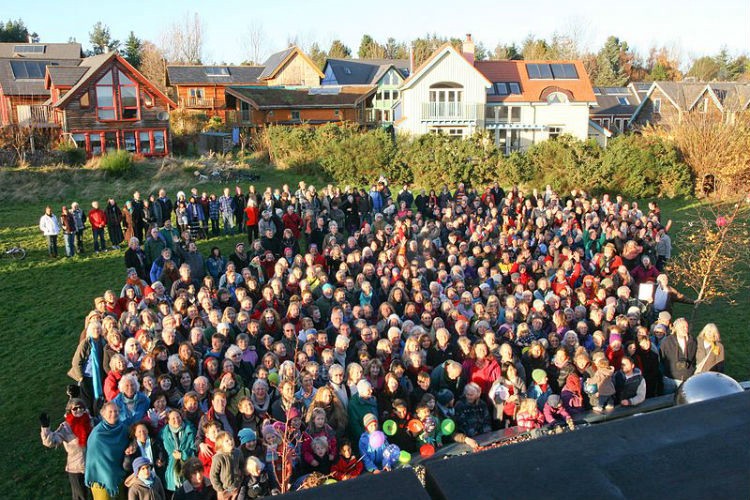
As the community?s website says, the Findhorn Foundation is ?a spiritual community, eco-village and an international centre for holistic learning, helping to unfold a new human consciousness and create a positive and sustainable future.? Widely perceived as ?the mother of all eco-villages?, it began in 1962 as an experimental architectural community project based at The Park, in Moray, Scotland, near the village of Findhorn. Due to the village?s extraordinary results, now its members serve as consultants for the United Nations and multinational corporations. The village itself is a constantly evolving model used as a learning environment by a number of university and school groups as well as by professional organisations and municipalities worldwide.
Also Read: 12 Eco-Friendly Things You?ll Definitely Need When You Travel
Tamera, Portugal
Started in 1978 with a small group, Tamera is one of the largest and oldest eco-villages in Europe. It is located on 335 acres (1.36 km2) in the Alentejo region of southwestern Portugal, which is just 2 hours away from Lisbon. The community believes in a future without war, in love without fear, and work to build Terra Nova by creating Healing Biotopes as centres to research and model a new planetary culture, with strong ethical foundations. Tamera is a peace research village with the goal of becoming ?a self-sufficient, sustainable and duplicable communitarian model for nonviolent cooperation and cohabitation between humans, animals, nature, and Creation for a future of peace for all.? The village today is a community of around 200 that attracts visitors from all over the world.
Damanhur, Italy
The Federation of Damanhur, or simply Damanhur, is a commune, eco-village, and spiritual community situated in the alpine foothills north of Piedmont, Italy. Founded in 1975 Oberto Airaudi with around 24 followers, the community today has roughly 600 residents live in 30 communities, called ?nucleos,? spread across a spectacular subalpine valley in northern Italy. Each of these nucleos? in the Federation is devoted to a specific field: solar energy, seed saving, organic meat production, education, healing, etc. The community is a centre for spiritual, artistic and social research known throughout the whole world. Damanhur may be the world?s most fast-paced, high-tech eco-village. Why? For starters: It has its own molecular biology lab that tests for genetically modified food, it has a smart-phone for every member and a highly successful complementary currency ? the credito.
Sekem, Egypt
Sekem (named after the ancient Egyptian hieroglyph for ?vitality?) is an eco-village with 4 long-term dimensions for sustainability: culture, ecology, social, and economic. This agricultural and social settlement was founded by Dr Ibrahim Abouleish in 1977 with the idea of sustainable development and giving back to the community. Located on the desert land in Belbes, 60 kilometres northeast of Cairo, Sekem today has grown strong and prosperous, both economically and socially. Almost 40 years after its inception, the 2,800 hectares of the village?s green crops supply successful textile, natural medicines and herbal tea businesses that employ 2,000 people. All of this has been possible because of Sekem?s holistic approach and its ethical code of conduct.
In 2003, Sekem was awarded the Alternative Nobel Prize, the Right Livelihood Award as ?a business model for the twenty-first century,? combining social and cultural development with commercial success.
Auroville, India
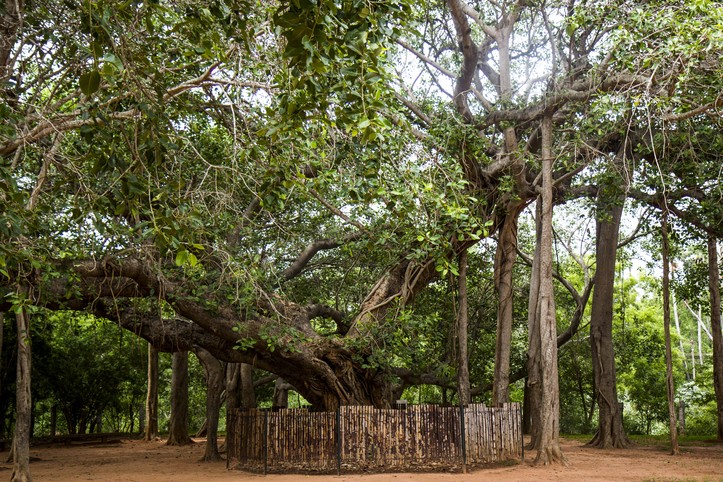
Auroville is an international township in the south of India near the former French colony Pondicherry which aims to embody the ideal of human unity ? and its ecological work comes as a consequence. It is the largest existing eco-city attempt in the world, where ?men and women of all countries are able to live in peace and progressive harmony above all creeds, all politics and all nationalities.? Auroville (City of Dawn) was founded in 1968 by the Mother (Mira Alfassa) in accordance with her dream a place where humanity can live united, in peace and in harmony with nature, beyond of all beliefs, political opinions and nationalities. Today, Auroville is home to over 2,000 people from 43 different countries and is one of the few places on Earth where biodiversity is actually increasing. With 50 years of experience and the support of the Indian ministry and international institutions like UNESCO, Auroville has now managed to build a social and economic system that is approaching stability. This kind of social security and cooperative today allows residents to meet most of the food and material needs and even receive a pension. The residents also have free access to education, basic medical care, sports and the many cultural activities of Auroville.
Ecovillage in Ithaca, NY, USA

Eco Village at Ithaca is a community of people seeking to create positive solutions to the social, environmental and economic crises our planet faces. Envisioned in 1991 and brought to life in 1996, this suburban cohousing community today promotes experiential learning about ways of meeting human needs for shelter, food, energy, livelihood and social connectedness that are aligned with the long-term health and viability of Earth and all its inhabitants. Covering 175 acres, it is located in the Finger Lakes region in upstate New York and provides the setting for a healthy, socially rich lifestyle focused on minimizing the ecological impact of humans. It is an intentional community and non-profit educational organization that invites you to live, learn and grow. This vast sanctuary boasts two community-supported agriculture (CSA) farms and 160 residents, 60 of whom are children.
Eco truly Park, Peru
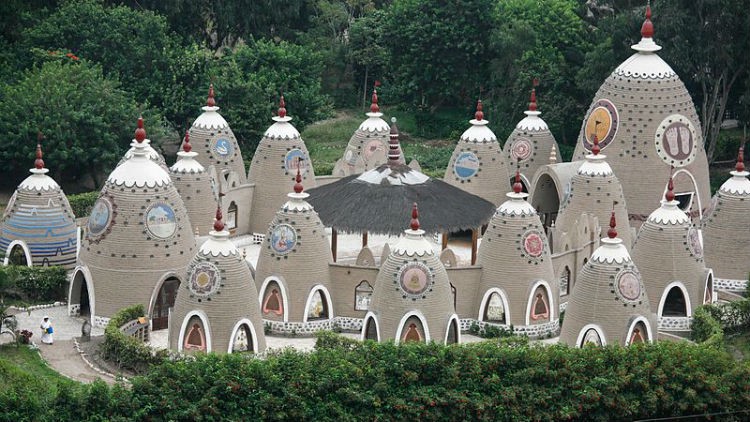
Eco Truly Park is a magical self-sustaining artistic community located right next to the sea on the Chacra y Mar beach, a district of Aucallama, in the province of Huaral, one hour by bus or car (63 km) north of the capital city, Lima. This beautiful Peruvian Pacific coast ecological, the artistic community has a group of cute mud houses that offer a return to natural, healthy living inspired by Vaisnava principles. In the last 18 years, the members of this community have developed unique organic awareness cultivation and ecological program. The community is built 2.5 m above sea level and consisted previously of completely sandy, unworkable land. Today their community is visited by residents and volunteers from around the world who would like to travel to this retreat to experience living together in harmony with their surroundings.
As climate change accelerates, we need communities like these are trying to create viable models of sustainable, human-scale communities. Have you been to any eco villages? Tell us about your experiences in the comments below!
Originally published at https://travel.earth

